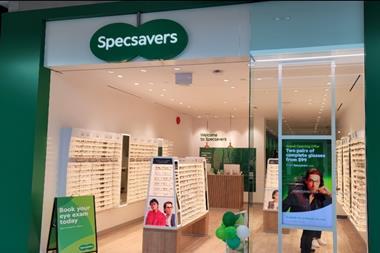Don’t expect that just because a store is bigger than it will be better. It could be worse.
Don’t expect that just because a store is bigger than it will be better. It could be worse.
The retail world seems fond of superlatives at the moment, whether it’s the biggest shoe department (Selfridges), the biggest branch to date (Esprit in Frankfurt) or just “mega” (Jack & Jones, Oxford Street). All of this would be perfectly acceptable were it not for the way in which some of it is marketed.
Take Esprit, for example. This is a Euro brand whose moment in the sun was probably in the 1990s, when it was seen as a purveyor of desirable stock and the label even carried a certain cachet. Times change however and while this is still very much a brand whose origins stem from Mittel Europe, it might struggle to inspire the same degree of enthusiasm and loyalty that it once engendered. And perhaps with this in mind, the retailer has just opened its five-floor Frankfurt behemoth on the main shopping street in a bid to recapture former glory.
You can’t miss it. The Esprit name tops the building and there are red and white balls up its side that demand inspection. Stepping inside the store however, you realise that this is pretty much the same collection spread over five floors instead of the usual two.
There is a broad rule of thumb in retailing that the turnover to be gained from a sales floor is inversely proportional to distance from street level. Or put another way, it’s difficult to make the higher floors in a multi-floor operation pay their way. Unless, that is, a specific floor acts as a destination that shoppers will seek out.
This is why Selfridges second floor is successful - it’s where the “Shoe Galleries” are. The fourth floor of Esprit in Frankfurt by contrast looks much like the ones that preceded it - well merchandised, an inoffensive environment, but that’s about as positive as it’s possible to be. Shoppers are not necessarily convinced that bigger means better and there is an argument that concentrating energies on a smaller, more focused, space will pay dividends.
The other point is one of nomenclature. In their day, Virgin Megastores were, erm, medium-sized, and whenever you come across the term “mega” sale, it probably won’t be. Producing retail superlatives, in terms of size or the words used to describe them may not yield the intended results.
More is certainly more when it comes to displaying merchandise, but it’s funny how the best performing supermarkets currently are those that have jumped aboard the convenience store bandwagon as well as covering the land with acres of edge-of-town hypermarkets. Beware the siren call of outsize.


























No comments yet